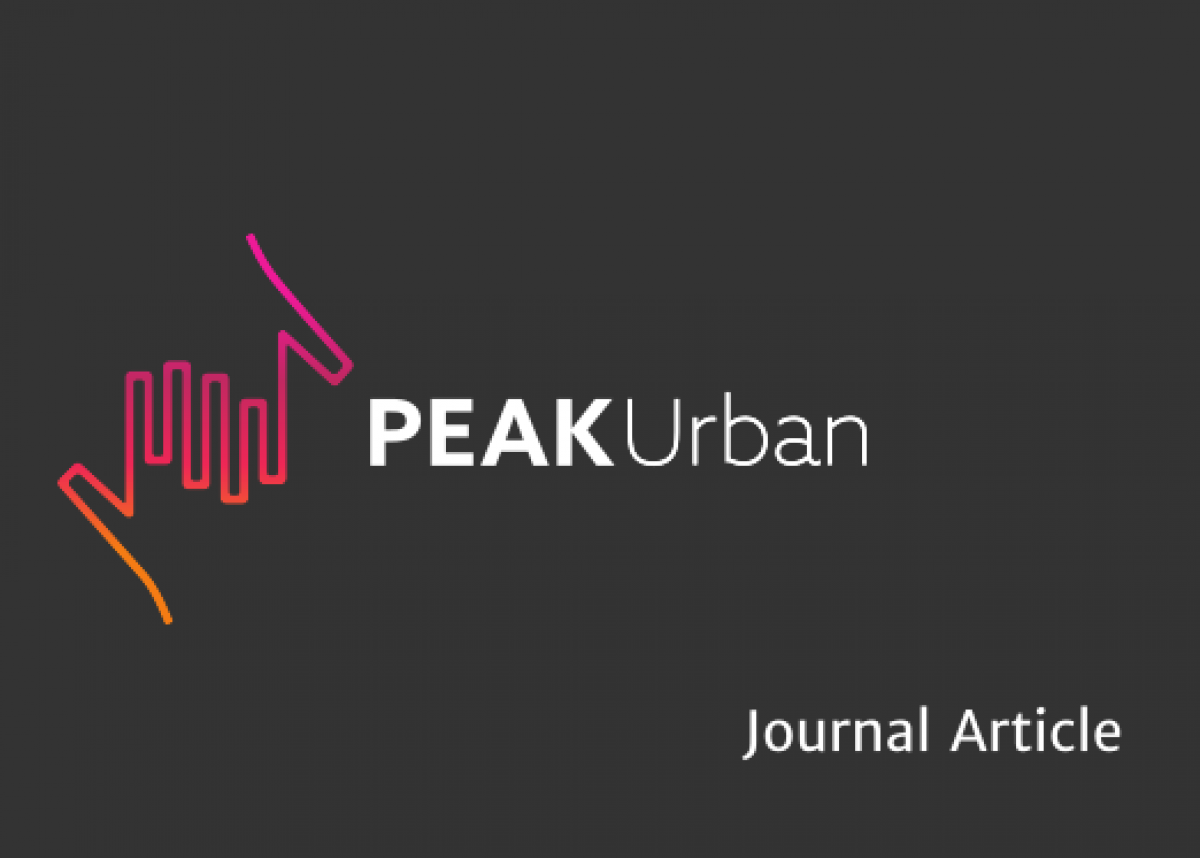
THE CHALLENGE
Globally, in 2015, ‘Key Populations’ (KPs) accounted for 44% of all new HIV infections. In the global South, Men who have Sex with Men (MSM) are understood to be 19 times more at risk of contracting HIV and passing it onto others, compared to general populations. The intersectional nature of biological, psychosocial, and socio-economic risk factors have contributed to HIV prevalence ranging between 10.4% and 49.5% among MSM in South Africa. South African urban MSM are also understood to be at particular risk compared to their rural counterparts as is the case with general populations.
At the global scale, recent geographic focus among international agencies “to do the right things, in the right places, and right now, within the highest HIV-burdened populations and geographic locations” (US Department of State’s Office of the US Global Aids Coordinator, 2014) highlights a renewed urban focus on KP health needs, especially in the global South. It is therefore important that research be undertaken to consider how the urban environment and urban governance may impact on effective MSM HIV prevention and treatment interventions, which may also result in significant insights into multifaceted challenges associated with MSM health and wellbeing.
OUR APPROACH
Cape Town is fertile ground to consider these dynamics due to the high levels of investment from international donors to address HIV infection among MSM, high levels of spatial inequality that affect programme efficacy and, despite imaginative geographies of Cape Town as ‘Africa’s gay capital,’ persistent instances of sexuality-based violence and discrimination.
This project examines how Cape Town has historically and is today acknowledging, conceptualising, filtering and prioritising MSM HIV imperatives. It explores the city’s historical developments related to MSM health service provision since the 1990s and how these developments interface both with national and international policy and funding directives and with dynamic local MSM healthcare needs.
It also explores the impact and likely efficacy that recent shifts in policy and funding priorities will have on HIV programming and local communities, tied to the recent decrease in prioritisation of clinical services.
It examines the interface between MSM community groups and city governance structures to address health needs. It also explores the development of MSM community-based social structures and how they are leveraged by local government and NGOs to support health needs.
Finally the project examines how HIV metrics and M&E indicators uncover or elide complexity of MSM socio-spatial experiences and community needs in marginalised parts of city.
People










